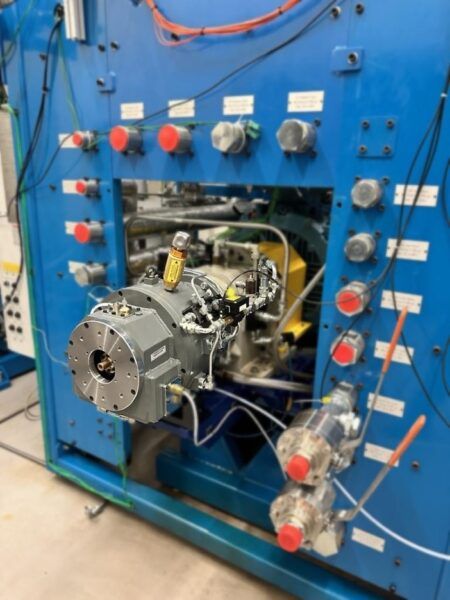Pilot-in-the-loop simulation was once the centerpiece of forward-looking technology in the aerospace industry. In an industry where product lifecycles span decades, it became possible to progress from initial concept to ‘flight’ test in a matter of days. However, the underlying concepts have remained fundamentally unchanged since the initial inception and use of flight simulation.
Flight simulation ‘progress’ has been mostly in graphics for the visual environment. More impressive graphical output does not necessarily improve the overall fidelity of the simulation. Once a basic acceptable level is reached, additional detail does not affect the way pilots use visuals to control their aircraft. This assumes the maneuver in question requires substantial use of external visual references – often not the case. Surely there must be a more effective use of computing power than producing superficial visual improvements?
While graphics are undoubtedly improving, the fundamental idea of simulating visuals has not changed for more than 40 years.
Emergent technologies such as virtual and augmented reality are so far confined to the realms of niche video gaming, but have the potential to deliver more immersive and easily reconfigurable simulations.
Perhaps testing should be finding new and interesting ways to make use of these technologies, rather than just throwing money at making better versions of the same graphics. Rapid prototyping of changes to cockpit controls and displays in a high-fidelity simulator could offer huge efficiency savings and result in a better end product. However, such is the complexity of modern simulators that the embodiment of modifications is often just as onerous as in a real aircraft cockpit.
Pilot-in-the-loop simulators are no longer novel and innovative, but are ‘part of the furniture’ for aircraft development. While they fulfill an important function, development has succumbed to the lack of inertia associated with large aerospace projects. The challenge for the next generation of engineers is to identify technologies and techniques that can offer the same potential step change in capability that originally brought simulation into the mainstream test community. If such potential is genuine, it is impossible to argue against.
Garnet Ridgway has a PhD from the UK’s University of Liverpool. He has designed cockpit instruments for Airbus and currently works for a leading UK-based aircraft test and evaluation organization
Flight simulation has evolved to become a key part of aerospace testing. Many of the airborne activities once dominated by flight test are now undertaken in simulators, and the simulation industry is still a rapidly developing one.
The use of simulation in testing and training began in the late 1920s with the development of the Link Trainer – a synthetic trainer used to provide pilots with instrument flying experience. Over time, the complexity and fidelity of simulation systems has increased, enabling increasing reliance on testing without flight. While my co-author argues that there is little to be gained from superficial increases in the graphical qualities of the visual environment (which is very true) and that the step change seen in other areas of aerospace technology has been long overdue in the simulation industry, advances are still being made.
Hardware technology may have somewhat stagnated, yet our understanding of how simulation delivers transfer of training, and how it can be used to reduce flight hours in testing, has continued to improve. Engineers have become more able to carry out hardware-in-the-loop testing, enabling earlier evaluation of novel systems. Issues are identified early, and it avoids repetition of the usual fly-fix-fly cycle, which is inefficient and costly.Engineers are also exploiting more off-the-shelf technology. An understanding about the required levels of simulation fidelity increases, new routes to achieving the desired outcomes of simulation-based testing are developed, further reducing the time required and consequently the cost of testing.
As a consequence of these developments, simulation is now able to support the entire life of the product, not just the testing phase.
Looking to the future, this reliance on simulation will only increase. Couple this with the increasing capabilities of aerospace systems, and the fact that the limitations of our current simulation technology are frequently revealed by flight testing, and engineers are faced with a real challenge: how can we continue to advance our simulation capabilities to meet the demands of novel aircraft, while continuing to reduce the costs and time spent in flight testing?
Sophie Robinson works at the front line of aerospace testing as a rotary-wing performance and flying qualities engineer for a leading UK-based aircraft test organization. She also holds a PhD in aerospace engineering from the University of Liverpool





